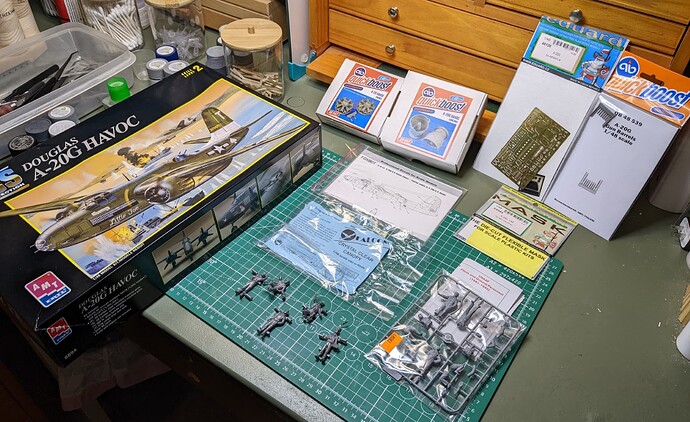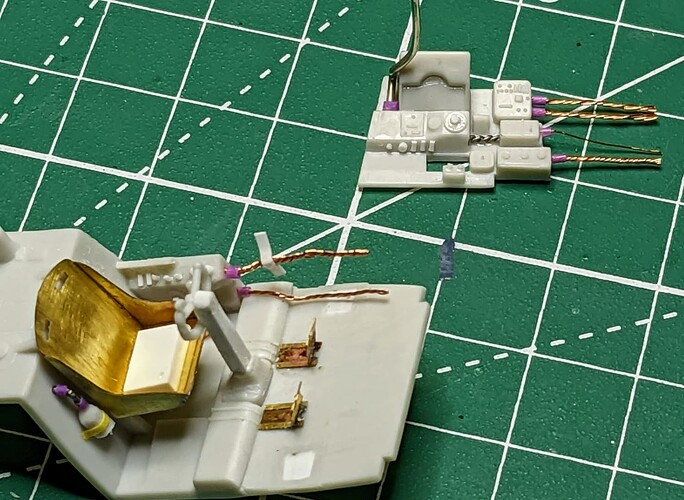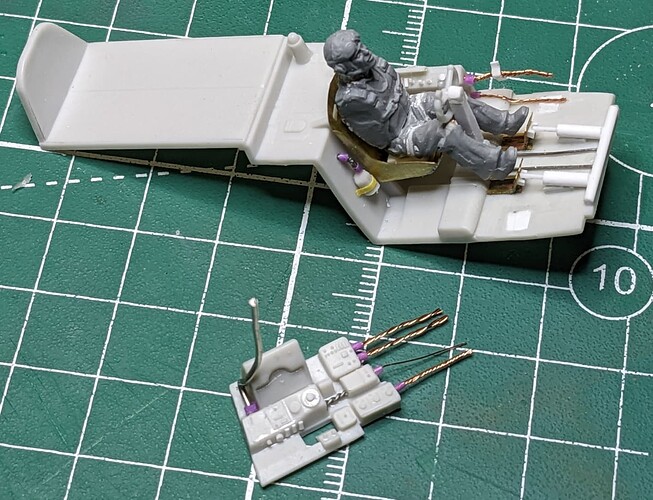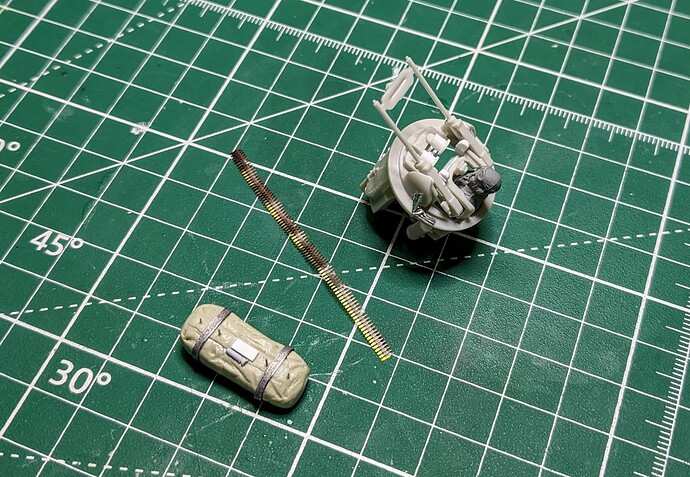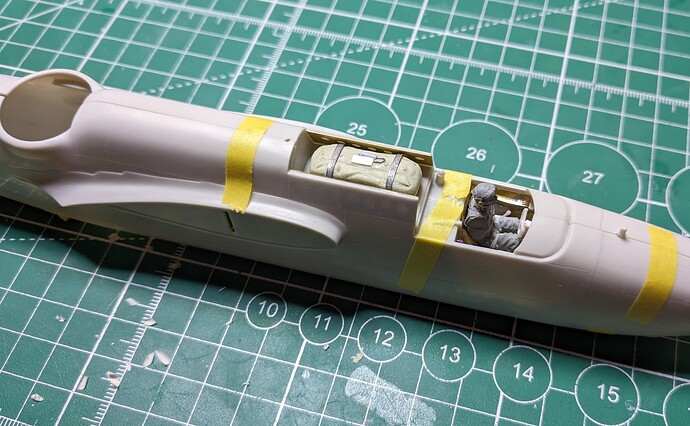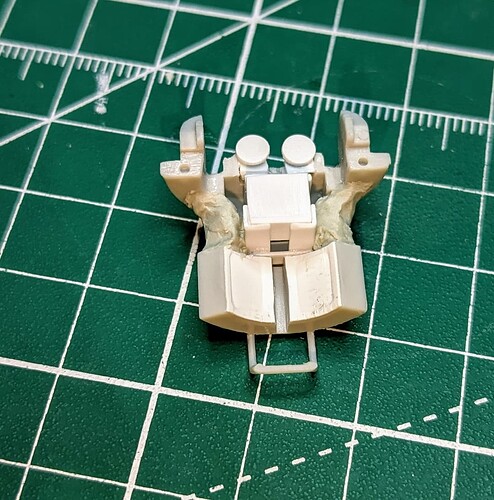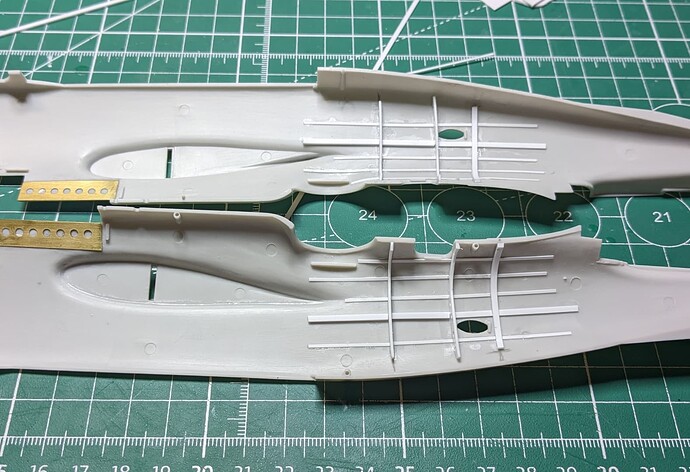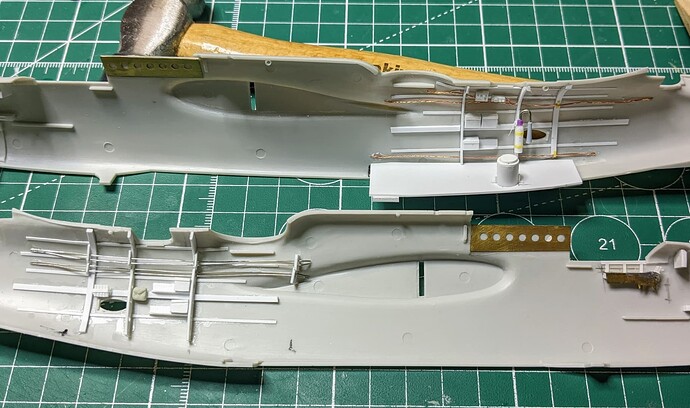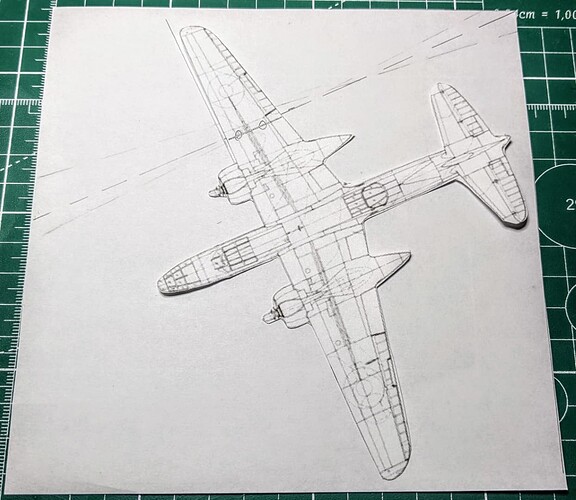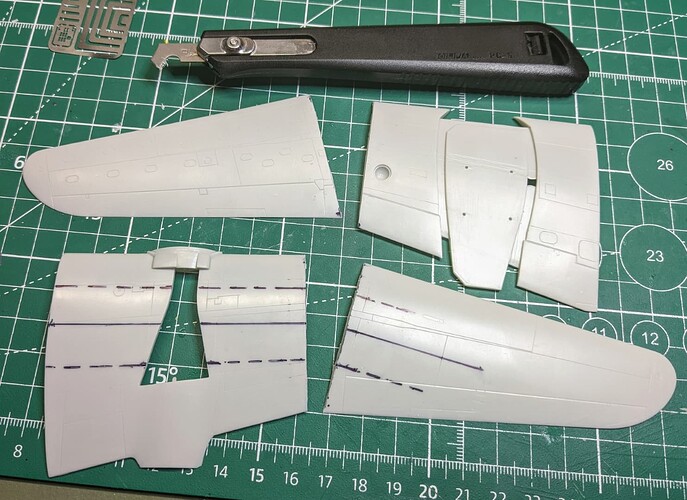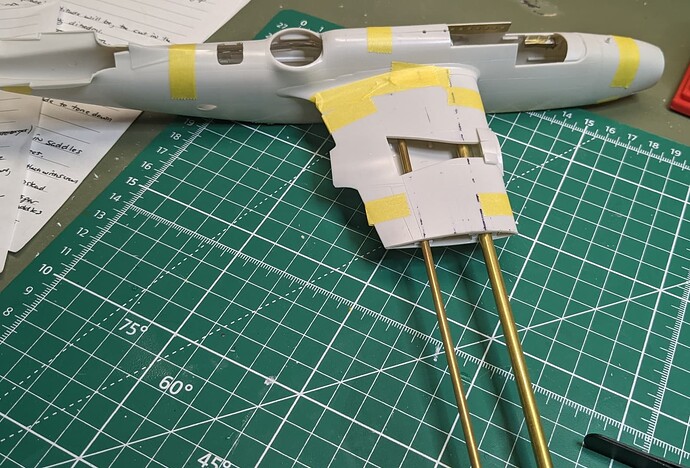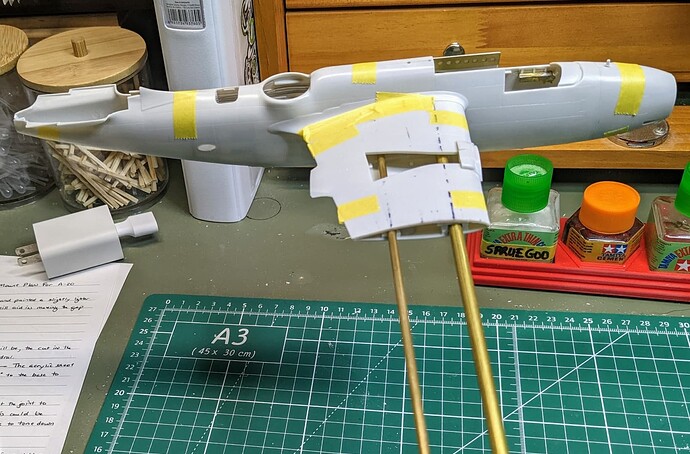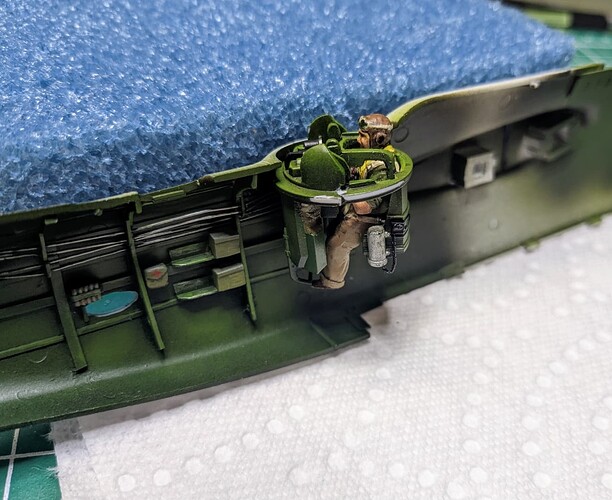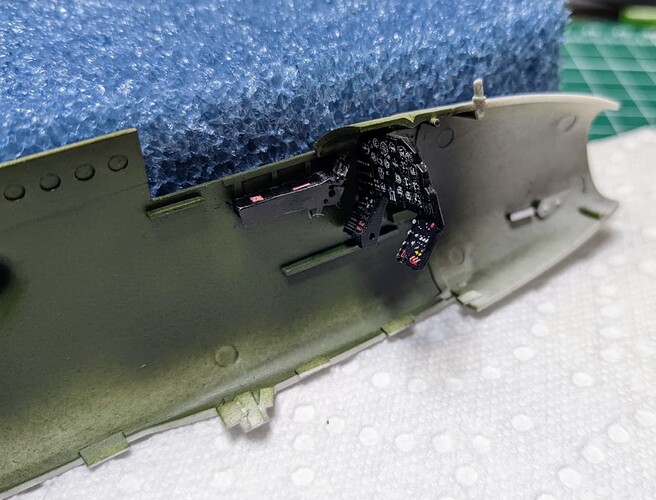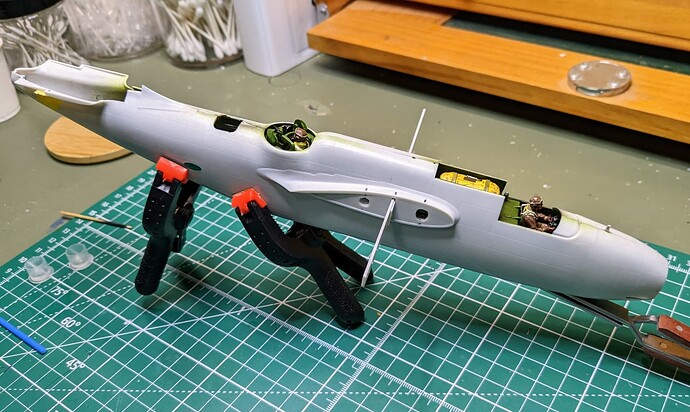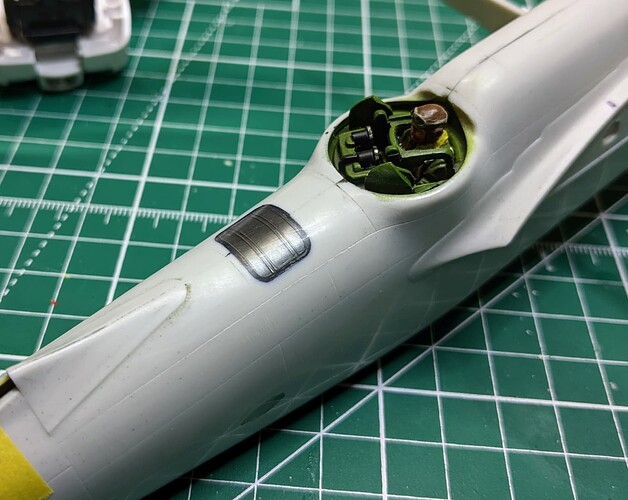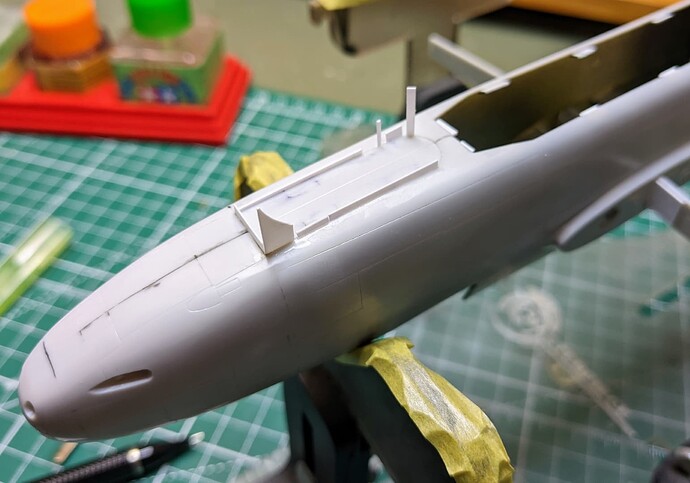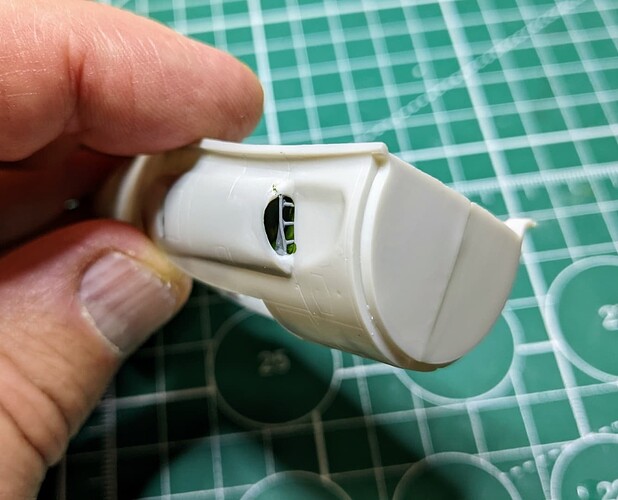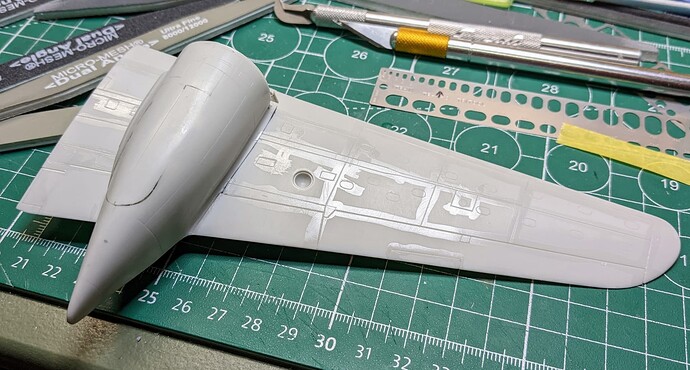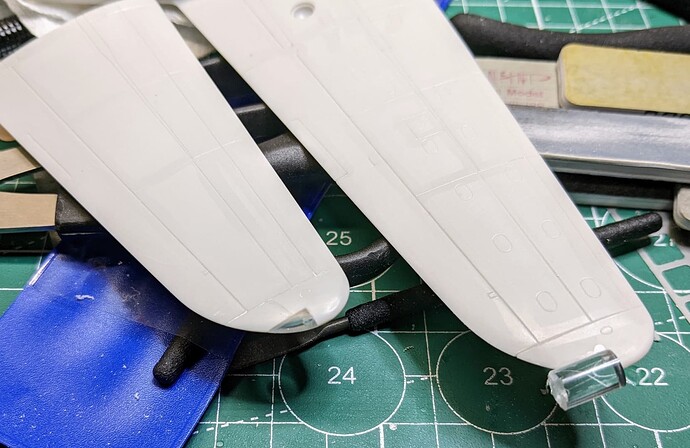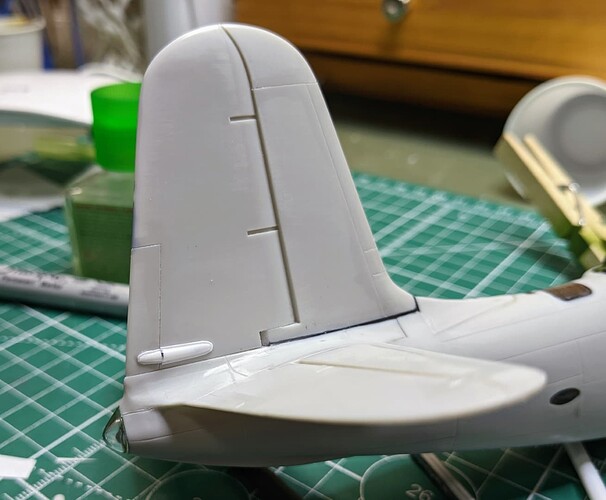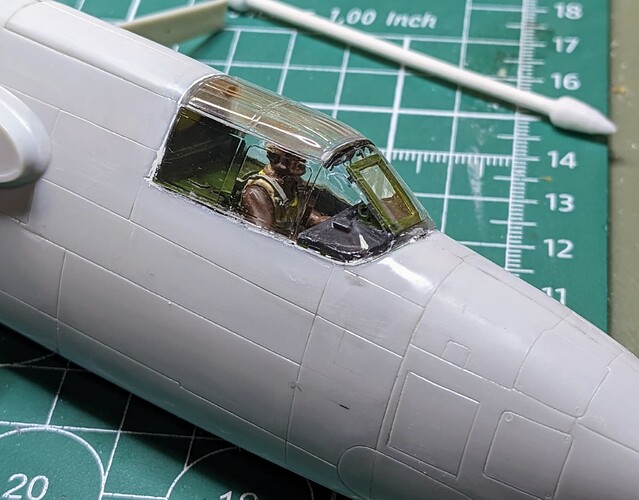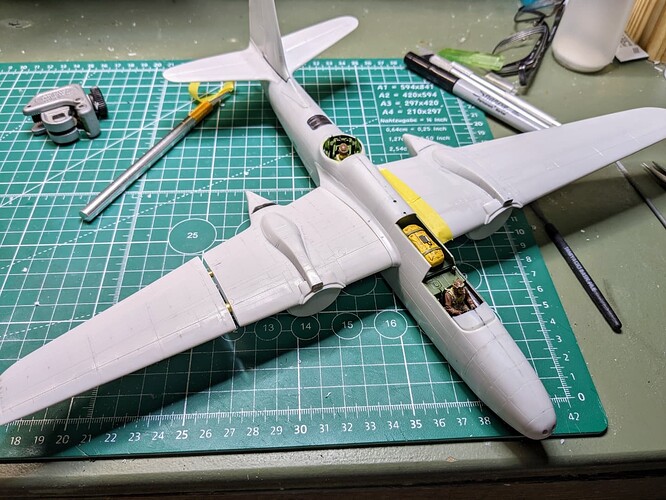I’ve been somewhat reluctant to return to modeling forums for reasons I won’t go into here, but I decided to give it another try. I’m building AMT’s Douglas A-20G Havoc in 1/48th scale and decided early on that I want to mount this one in flight. I generally prefer in flight models since this is the natural element of aircraft. It does present challenges in how to mount them so that they look nice. Recently, I wanted to find a way to display the aircraft that didn’t involve a post under the plane. I found an approach which I will get into more later that I decided to use with this kit.
I’ll post pictures as I go, but fair warning, I am not the best at taking photos. And although I have been building models since the dinosaurs roamed the earth, it has been in patches of a few years at a time with many dead spaces in between with the latest return occurring in early 2017.
Anyway enough waffling.
The kit, extra parts I will be using (not all of them), and some figures to help me create a crew. I will be representing one of those Southwest Pacific theatre aircraft.
Starting on the cockpit. I tend towards the Imagineering approach to detailing (make it look busy) rather than trying to precisely duplicate the original. I can’t see well enough for the precise approach anymore.
The gun turret figures prominently in this model. I’ll be adding detail and a gunner. The gunner was made by chopping up a standing ICM US Air crew figure so that it would fit.
A pilot figure was created in the same way. They look rough now, but they will be cleaned up later
A little more work. The gun belt is photo etch (Eduard if I recall correctly) and will be installed much later in the build. The life raft is my third attempt and is made from epoxy putty.
More to come.
